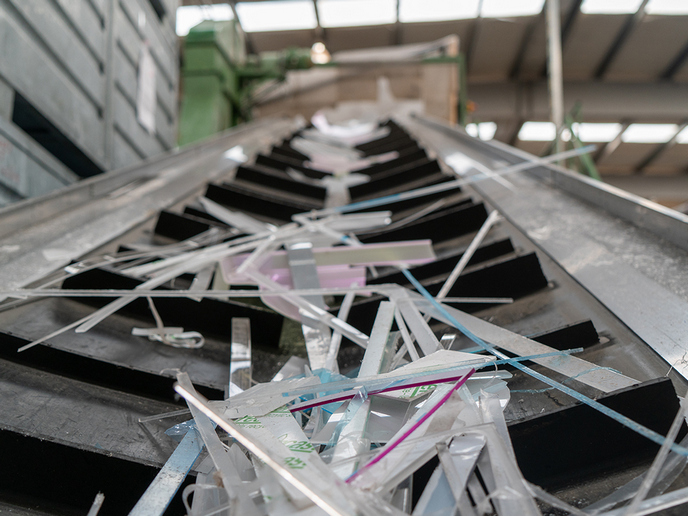Maximising yield of Aloe vera
Natural substances and plant extracts possess inherent characteristics which render them increasingly important components in the cosmetic and pharmaceutical industry. A prime example is Aloe vera with over 75 nutrients and 200 active compounds, including minerals, amino acids, and vitamins demonstrating strong healing and nutritional properties. However, the lack of objective methods for quality assessment of Aloe vera products led to the design of the EU-funded AMAY project. The main aim of AMAY was to develop methods for evaluating the natural ingredients of Aloe vera to be used in cosmetic products. The project consisted of exchange of best practices for plantation cultivation in order to maximise yield and develop new products with standardised content of the effective compound. One of the project’s strategic objectives was to determine whether the content of effective compounds in the plants varied because of the outer conditions. In order to achieve that, partners developed a nuclear magnetic resonance (NMR) spectroscopy-based method for determining the active components in Aloe vera and analysing their structure. The next step was to produce natural cosmetics with a standardised and certifiable Aloverose content, and to test their safety and efficacy. Although an NMR-based technology would be rather expensive for commercial exploitation, the AMAY project successfully demonstrated the need for quality assessing the Aloe vera active compounds. The approach has important consequences for the competitiveness of European companies in the field.







